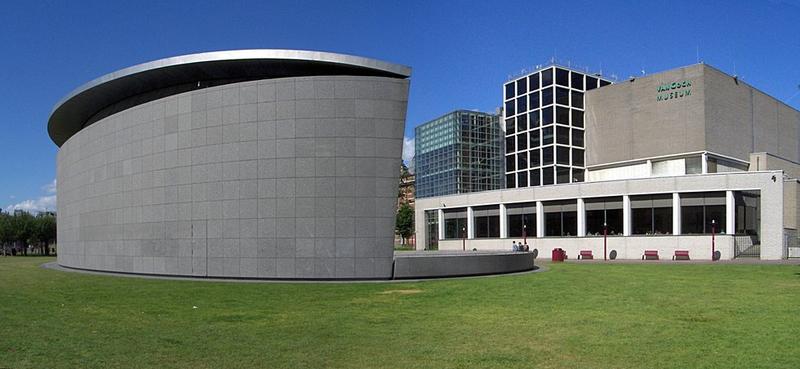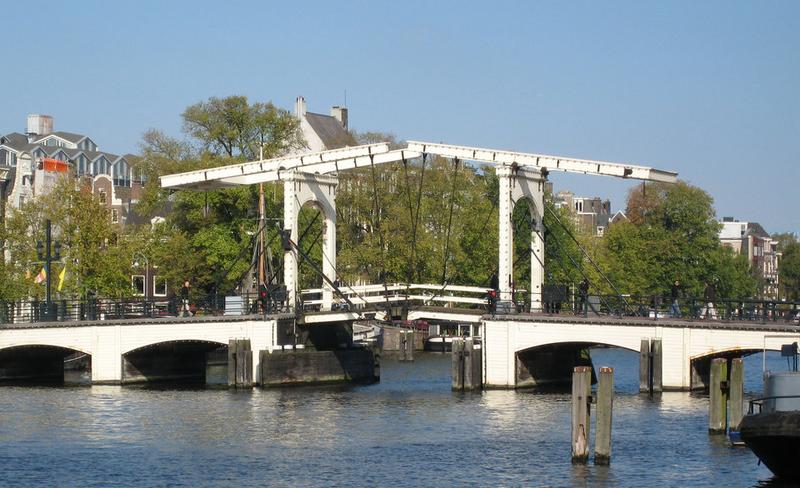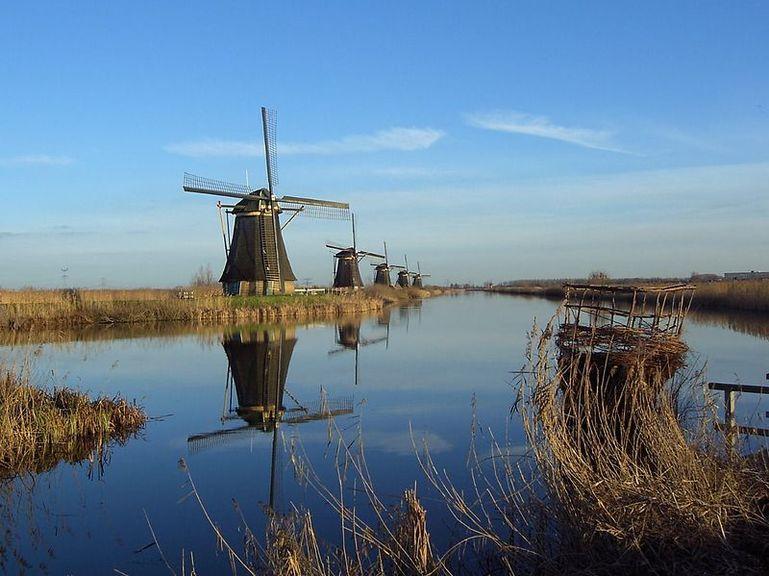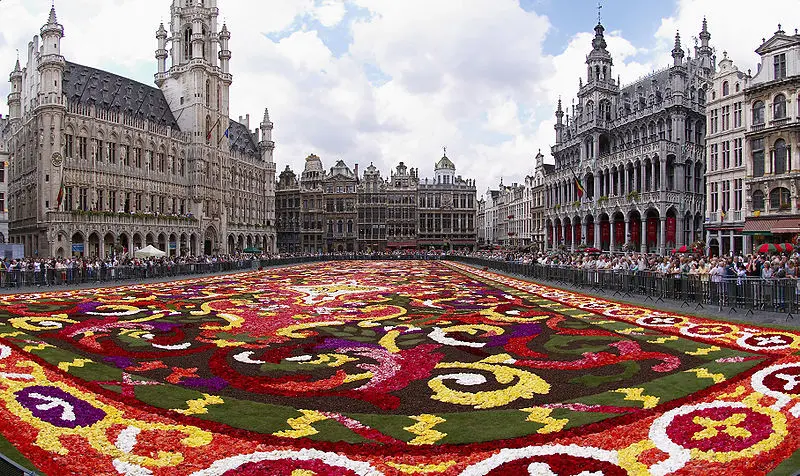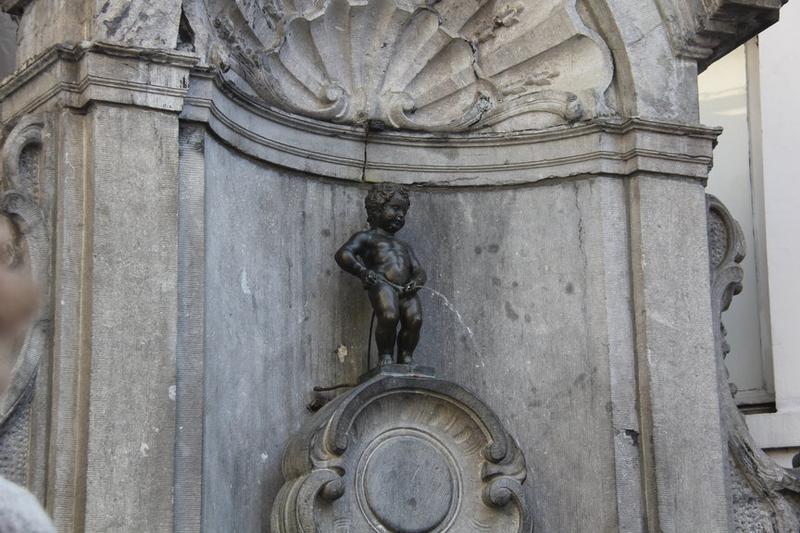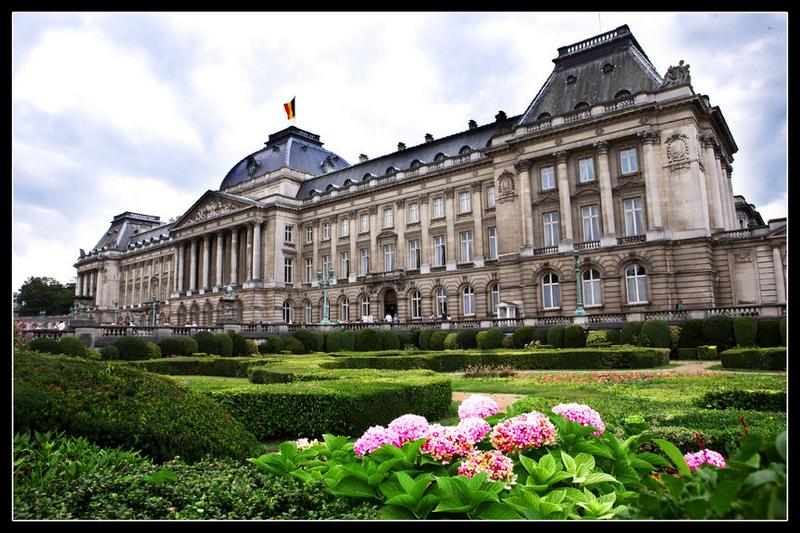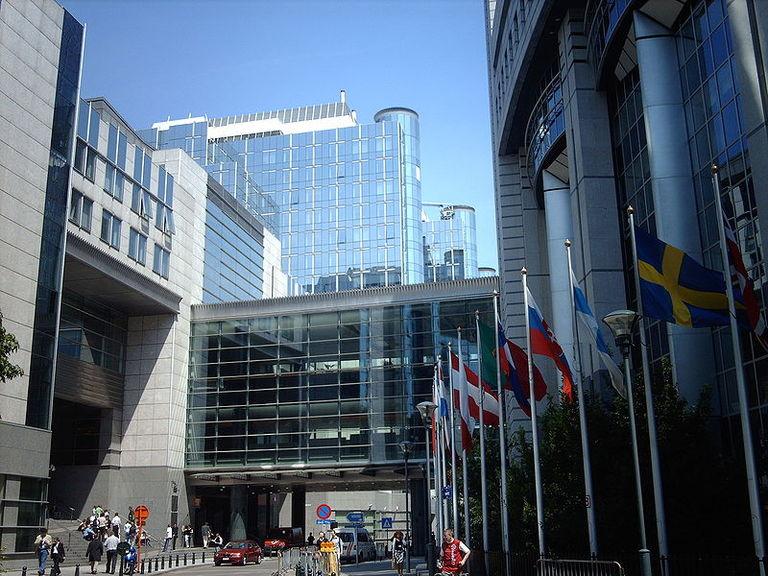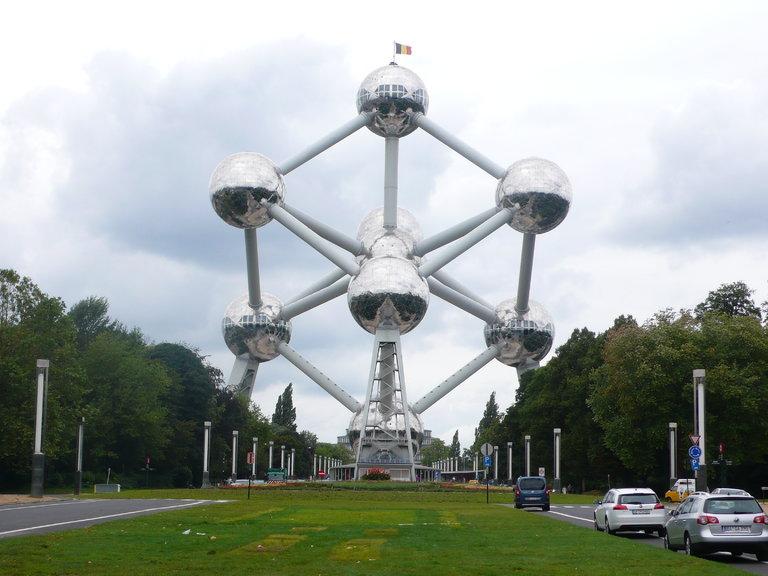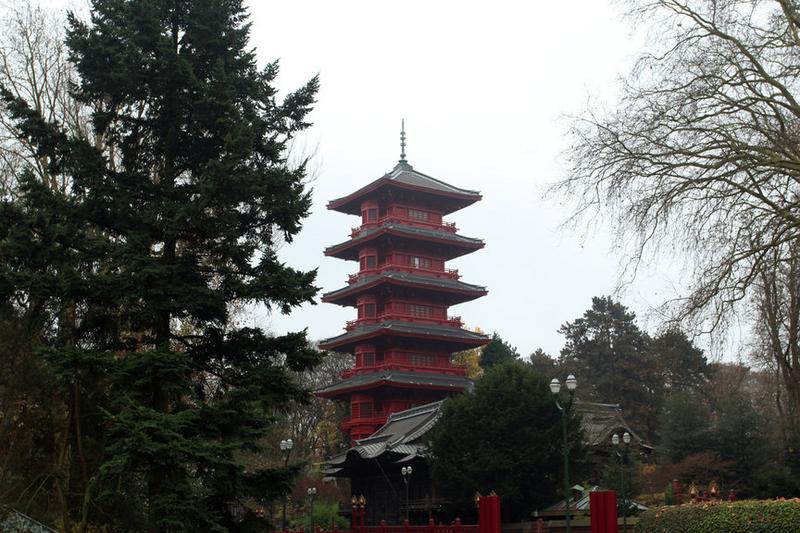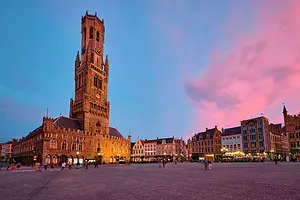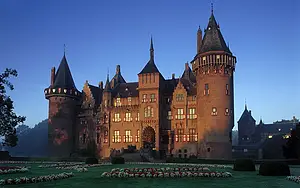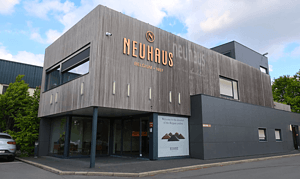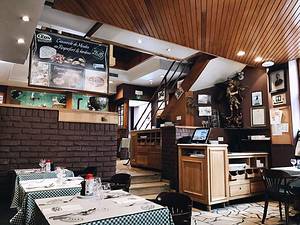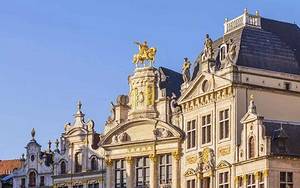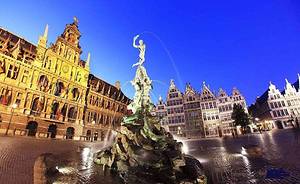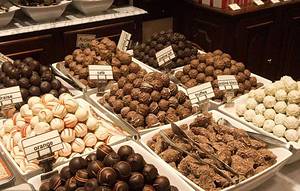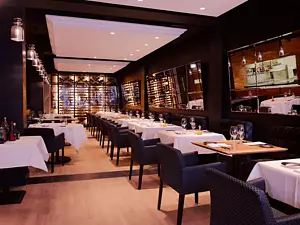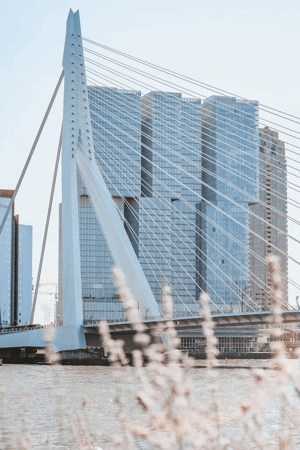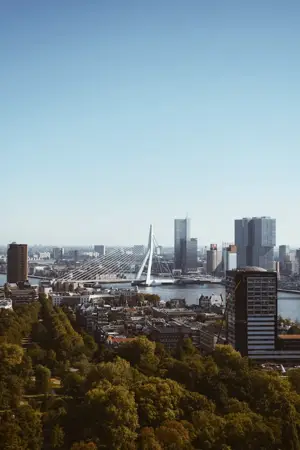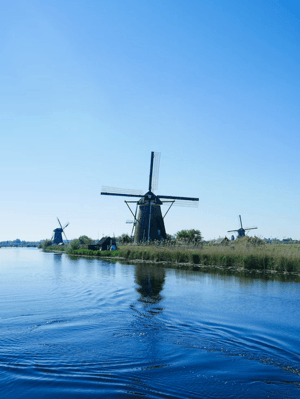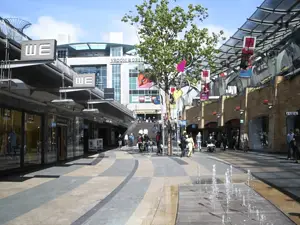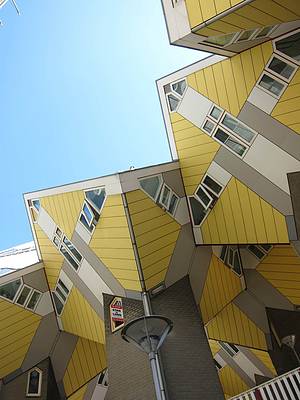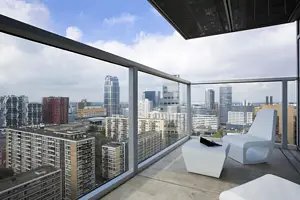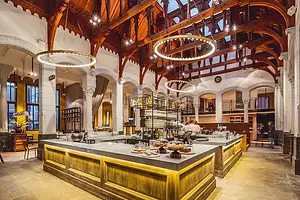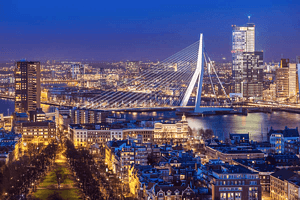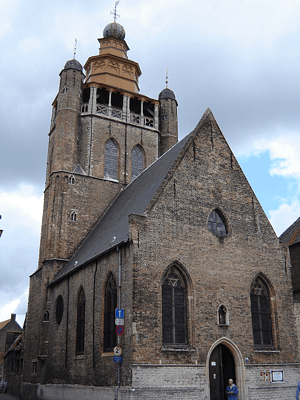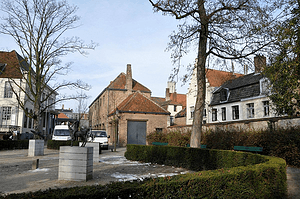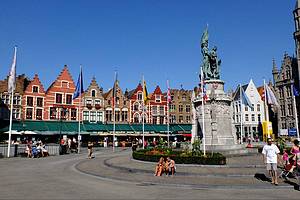A 4-day leisure trip to the Netherlands
3 cities |
14 attraction(s) |
total distance 283
km
 TIPS
TIPS
Day1
Day2
Day3
Day4
Day1: Amsterdam
4 attraction(s) ·
7 km
1
Van Gogh Museum is a must-visit for Van Gogh fans, with a collection of one-fourth of all his works. The museum showcases Van Gogh's paintings from different periods, including "The Potato Eaters," "Sunflowers," "The Yellow House," "The Bedroom," and "Wheatfield with Crows," as well as "The Harvest," "Fishing Boats on the Beach at Saintes-Maries," and "Landscape with Thunderclouds," providing visitors with a deep understanding of the artist's creative journey. In addition to over 200 paintings and drawings, the museum also houses Van Gogh's 750 letters and other works such as "Starry Night" at MoMA in New York, "The Rhône River" under a Starry Night" at Musée d'Orsay in Paris, and "Café Terrace at Night" at Kröller-Müller Museum in the Netherlands. If you have a specific purpose for visiting, make sure to check the official website before going to the museum to avoid disappointment.
5
km
2
It is a pedestrian bridge completed in 1671, spanning the Amstel River in Amsterdam. It is one of the few remaining wooden suspension bridges in Amsterdam and the most elegant. The wooden bridge has two white pedestrian gates leading to Kerkstraat. Due to its narrow and elongated structure, it is also known as the "Skinny Bridge", symbolizing a slim lady. The bridge was rebuilt in 1871 and 1929, but it is still made of wood and maintains its slender style. Now, when night falls, the illuminated bridge adds a special beauty to the dark Amstel River.
2
km
3
Amsterdam's canals consist of over 160 canals and 1,281 bridges, spanning a total length of 75 kilometers and linking more than 100 islands. The city is centered around the central train station, with the Gentlemen's Canal (Herengracht), Emperor's Canal (Keizersgracht), Prince's Canal (Prinsengracht), and the outermost Singel Canal radiating outwards. The main attractions are concentrated within a radius of about 1.5 kilometers along the canals. The best way to experience the charm of Amsterdam's waters is by taking a canal sightseeing cruise. Through the glass roof and windows of the boat, you can admire the stunning 17th-century gabled buildings on both sides. Vibrant in color and unique in shape, these buildings are grand and steeped in history. Nowadays, major events such as King's Day and Pride Parade take place on the canals.
1
km
4
This is the red-light district of Amsterdam, located on both sides of the canals Oudezijds Voorburgwal and O.Z.Ahterburgwal in the old city area, intersecting with six or seven streets and several blocks. It used to be a place where sailors sought pleasure and was filled with various representations of erotic culture. In recent years, the Dutch government has started to regulate this area, transforming the original windows into museums or design shops. While satisfying your curiosity here, please pay attention to your personal safety and belongings.
The term "red-light district" first appeared in the 1890s in the United States, as prostitutes would place a red light in front of their windows to attract customers. There are different explanations for why "red light" obtained this special meaning. One belief is that it is based on the story of Rahab in the Bible. Rahab was a prostitute in Jericho who helped Joshua's spies and marked her house with a red rope. Others believe it comes from the red lanterns carried by railroad workers, which they would leave outside when visiting brothels.
Day2: Amsterdam > Rotterdam
3 attraction(s) ·
109 km
1
Zaanse Schans is a tourist destination in the Netherlands, known for its windmills and museums. It is located in Zaanstad, a city formed by the merging of Zaandam, Koog aan de Zaan, and Zaandijk. The area, surrounded by the Zaan River, developed through the timber and shipbuilding industries. The museum exhibits over 30 windmills relocated from various parts of the Netherlands, as well as artifacts related to these windmills. Zaanse Schans offers visitors a chance to experience the unique countryside of the Netherlands, with workshops, a wooden shoe factory, a cheese factory, museums, and craft shops.
49
km
2
This garden near Liess, located between Amsterdam and The Hague in the Netherlands, may be unfamiliar to many people. However, for Chinese people, the scenery of this park has appeared frequently in calendars, framed pictures, especially in large colorful prints in meeting rooms and activity rooms since the late 1980s and early 1990s. Under the tall trees, there are green lawns and clusters of vibrant tulips. It is from that time onwards that most Chinese people became familiar with this type of bulb flower, and even mentioning tulips would bring to mind the Netherlands, and vice versa.
Every spring, starting from late March, the park welcomes the first bloom of tulips. Visitors and photography enthusiasts from all over the world join in this spring gathering.
In addition to tulips, the garden also features various varieties of roses, hyacinths, and more. There is also a large greenhouse that blooms year-round with tropical plants and flowers such as orchids.
61
km
3
The Red Bridge is another iconic bridge in Rotterdam. It connects Oude Haven and the inner city. Its unique design resembles a mini Golden Gate Bridge. You can consider renting a bicycle to explore the nearby attractions.
Day3: Rotterdam > Brussels
3 attraction(s) ·
141 km
1
Windmills are the most representative landscapes in the Netherlands and can be found in every Dutch picture book. Kinderdijk, also known as the Kinderdijk Windmill Village, located 10 kilometers southeast of Rotterdam, is the best choice to see windmills in the Netherlands. It preserves 19 windmills built in the 1740s and is a must-visit place for every tourist in Rotterdam.
The windmill group in Kinderdijk has been listed as a World Heritage site and is considered a typical example of Dutch scenery, as well as a witness of Dutch history and culture.
140
km
2
The Grand Place is the central square of Brussels, Belgium. It is one of the most beautiful squares in Europe and was listed as a UNESCO World Heritage site in 1998. The square is not very large, measuring 110 meters long and 68 meters wide. It is surrounded by various bars, shops, and restaurants, giving it a vibrant atmosphere. Every two years in August, an incredible flower carpet is created in the center of the square, measuring 77 meters long and 24 meters wide, with millions of colorful begonias forming beautiful patterns.
There are also several guildhalls and the famous Swan Restaurant (La maison du Cygne) near the City Hall, which is said to be where Karl Marx lived from 1845 to 1848 and discussed the communist cause with his colleagues.
On the square, there are several cafes where you can rest if you are tired. The northwest corner of the square leads directly to Rue Au Beurre, where you will find the old Saint Nicolas Church, often with street musicians performing at its entrance. If you have trouble finding it, just follow the sound of the music.
2
km
3
Manneken Pis, also known as the "Little Pissing Boy" or "Peeing Boy," is the symbol of the city of Brussels, the capital of Belgium. This famous bronze statue of a little boy is located in the city center pedestrian zone and serves as a fountain. The statue, depicting a five-year-old boy, is small in size but has a history of nearly four hundred years.
There are several versions of the legend surrounding the little boy, possibly about a boy named Julien who unknowingly saved the city while urinating. The authenticity of this story is unknown. The bronze statue of Manneken Pis, created by sculptor Jerome Duquesnoy, has been preserved since 1619. Despite its 400-year history, people have not forgotten him. Instead, he has become a major symbol of Brussels and is often dressed in different styles of clothing, appearing very fashionable.
Day4: Brussels
4 attraction(s) ·
27 km
1
The Royal Palace of Brussels is located in front of Brussels Park. The axis of the park also passes through the palace and the Belgian Federal Parliament on the other side. These two opposing buildings represent Belgium's political system: constitutional monarchy. The Royal Palace of Brussels is considered one of the most beautiful buildings in Brussels. It is the place where the Belgian king exercises his prerogatives as head of state, receives guests, and deals with state affairs. Additionally, the palace can host large receptions and provide accommodation during visits by other heads of state. However, the Belgian royal family does not reside here; they live in the Royal Castle of Laeken in the suburbs of Brussels.
2
km
2
The European Parliament, the Council of the European Union, and the European Commission together form the three main institutions of the European Union. They are responsible for legislation, supervision, and consultation, and the European Parliament is the only directly elected parliamentary institution. Members of Parliament hold some meetings in Brussels, where the headquarters of the Council and Commission are also located. Visitors can join guided tours organized by the European Parliament Visitors' Centre to experience a day in the life of a member of Parliament through various multimedia presentations, and feel the serious and tense atmosphere, complete with suits, black office vehicles, takeaway coffee, and even familiar faces often seen on television.
24
km
3
The Atomium is a landmark building in Brussels, built for the 1958 Brussels World Expo. It is 102 meters tall and consists of nine interconnected spheres with a diameter of 18 meters each. It symbolizes an iron atom magnified 165 billion times and is a crystallization of engineer André Waterkeyn's imagination, installed by architects André and Jean Polak. Five of the spheres are open to visitors and host permanent exhibitions about the 1958 World Expo and occasional temporary exhibitions. The panoramic hall in the top sphere offers breathtaking views of the city of Brussels and, on clear days, even allows for a distant view of Antwerp. At night, the nine spheres sparkle with 2,970 LED lights, creating a dazzling display.
2
km
4
The Japanese tower was designed by the Parisian architect Alexandre Marcel and mainly exhibits works related to Japanese art.
